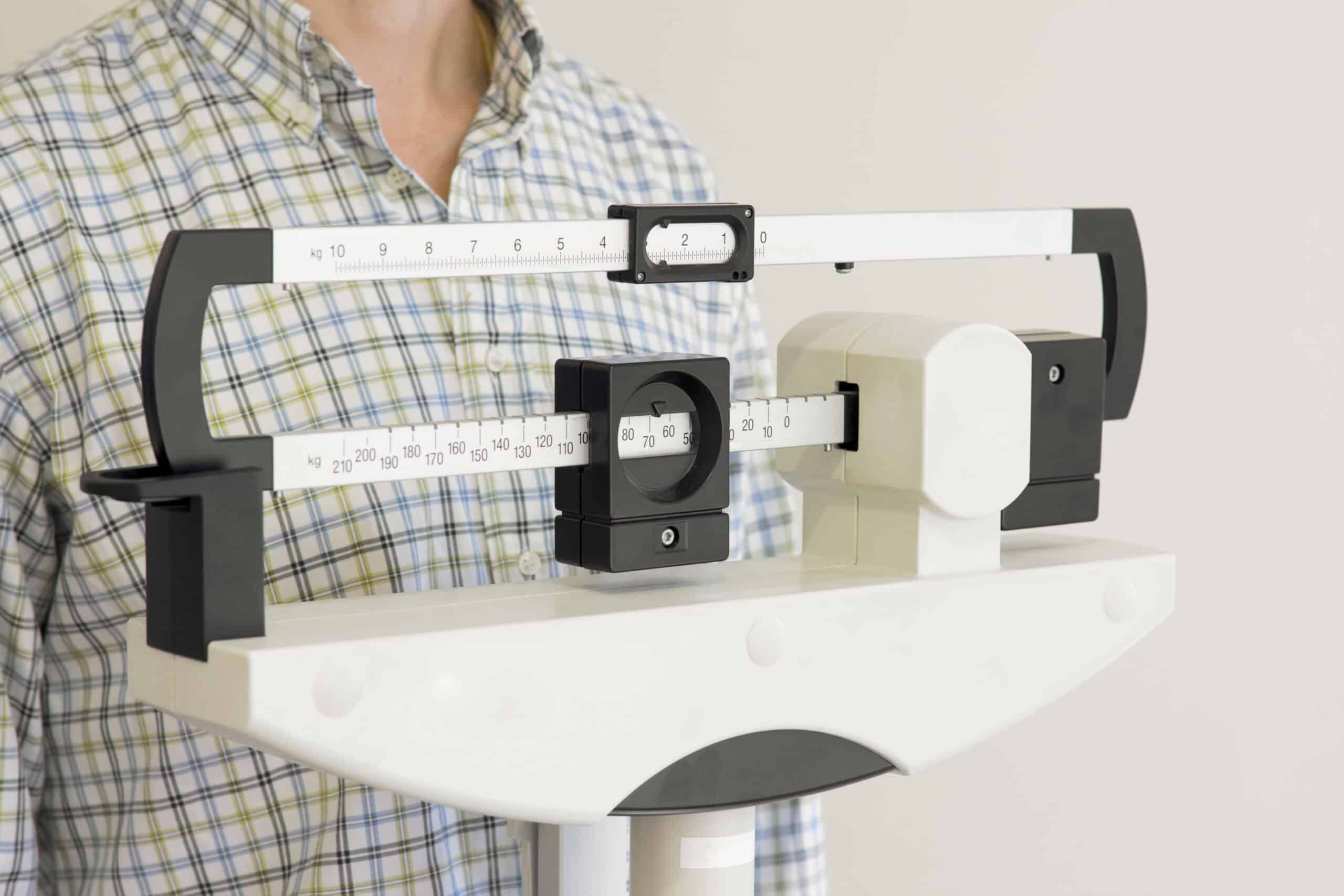Primary Care
Want to learn more about this at Kettering Health?
It’s normal for our weight to fluctuate, but if you’ve gained a few pounds, you might be concerned about whether you’re at a healthy weight. There are several ways to measure this.
Two of the most common are body mass index (BMI) and body fat percentage.
Body mass index
“We often use BMI because it’s very straightforward,” says Dr. Christopher Holloway, a primary care provider. “It can be easily calculated in a gym or doctor’s office.”
BMI is a simple calculation: your weight divided by your height squared. This means BMI calculators are plentiful. There are numerous apps and online calculators available to help you.
The American Council on Exercise categorizes BMI as
- Underweight: 18.5 or lower
- Normal: 18.6 to 24.9
- Overweight: 25 to 29.9
- Obese: 30 or higher
However, Dr. Holloway explains, “BMI’s downfall is that it’s based on only two pieces of information, and human beings are complex. It doesn’t consider body structure, racial differences, or even sex differences. So, there are inaccuracies. For example, someone very muscular could be classified as overweight.”
Body fat percentage
On the other hand, body fat percentage measures body composition. “It breaks your total body weight into categories,” Dr. Holloway says. “How much of your weight is lean body mass—bones, tissue, organs, muscle? And how much is fat?”
There are several ways to determine this, including imaging tests, hydrostatic measurements (water displacement in a tub), and body measurement calipers—many of which require help from a professional (doctor, personal trainer, etc.) with special equipment or facilities, some of which can be rather expensive.
Dr. Holloway recommends bioelectrical impedance analysis (BIA), an affordable technology that uses electrical currents to measure the amount of water density in various body parts.
“It’s probably the best balance of convenience and expense,” Dr. Holloway says. “BIA has been incorporated into many ‘smart scales’ that can be purchased fairly inexpensively and used at home. You measure your body composition by standing on special metal plates embedded in the scale. For $25 to $50, smart scales are a good option.”
“They might not be as accurate as some other methods,” he adds. “But those other methods are less convenient and more expensive. It’s perfect for a regular, everyday person. If you use the scale consistently, it’s useful as a data point.”
Knowing your numbers
Once you know your numbers, the appropriate range for you will depend on your sex, age, and other factors.
Dr. Holloway recommends discussing your BMI and body fat percentage with your primary care provider, who can help you get started tracking your numbers and interpreting the results. “The value is in trending these things over time,” he says.











